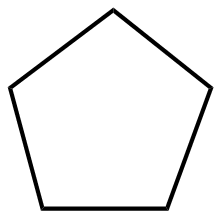In today's class we learned about the Nomenclature of Organic Chemistry which is the study of Carbon Compounds. Carbon can form multiple covalent bonds and can run like chains, rings or branches. There are less than 100,000 non organic compounds but over 17 million organic compounds. The simplest of the organic compounds are made of carbon and hydrogen. (refer to diagram below). Saturated compounds have no double or triple bonds. The compounds with only single bonds are called
ALKANES and always end in
ANE.
Nomenclature:
- There are 3 categories of Organic Compounds
- Straight Chains
- Cyclic Chains
- Aromatics
Straight Chains:
These are the steps you need to follow when naming straight chain compounds:
1. Circle the longest continous chain and name this as the base chain
e.g. meth, eth, prop, but (meth-1, eth-2, prop-3, but-4, pent-5, hex-6, hept-7, oct-8, non-9 dec-10)
2. Number the base chain so the side chain have the lowest possible numbers
3. Name each side chain using the -yl ending
4. Give each side chain the appropriate number
5. List Side chains alphabetically
(2,2 dimethyl butane)
(3 methyl pentane)
(2,8 dimethyl decane)


























